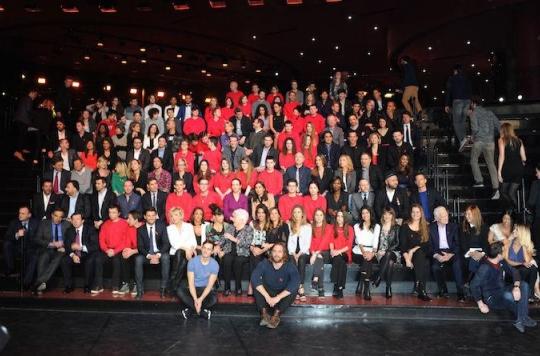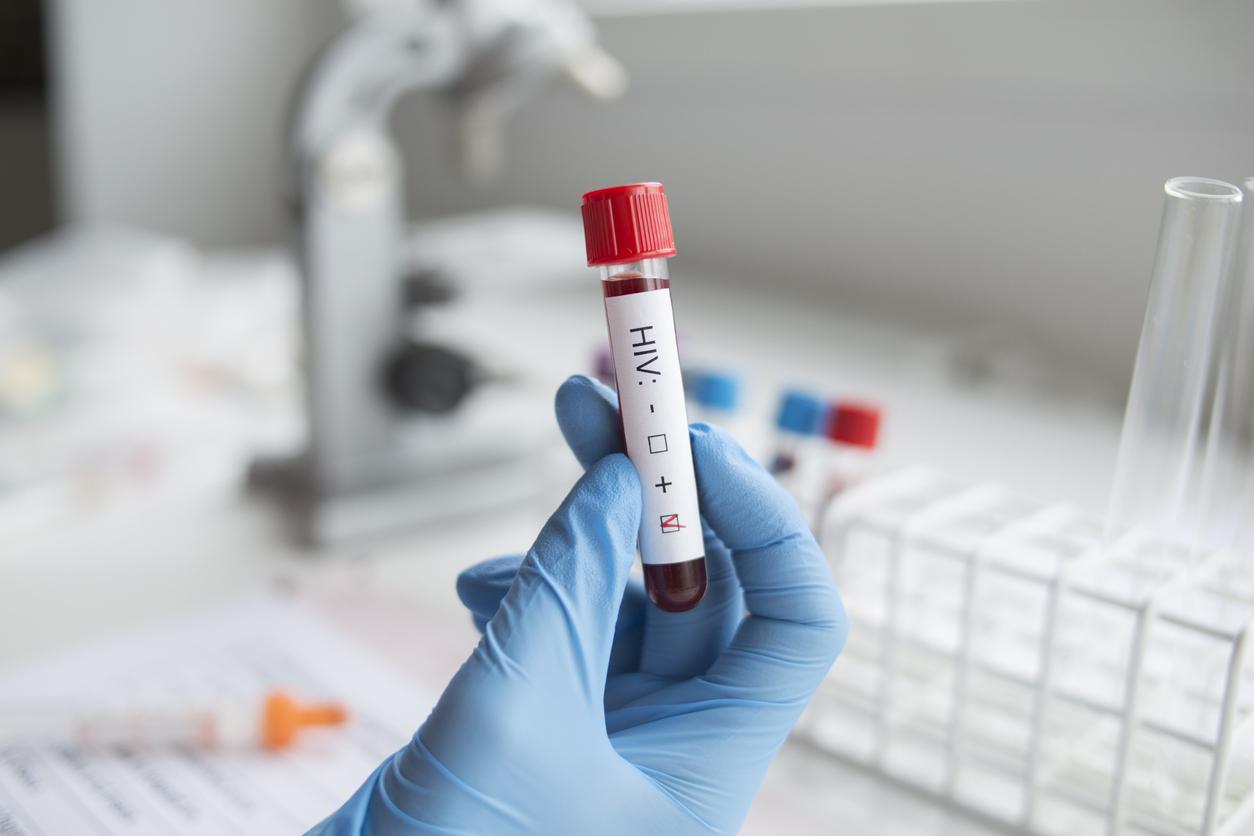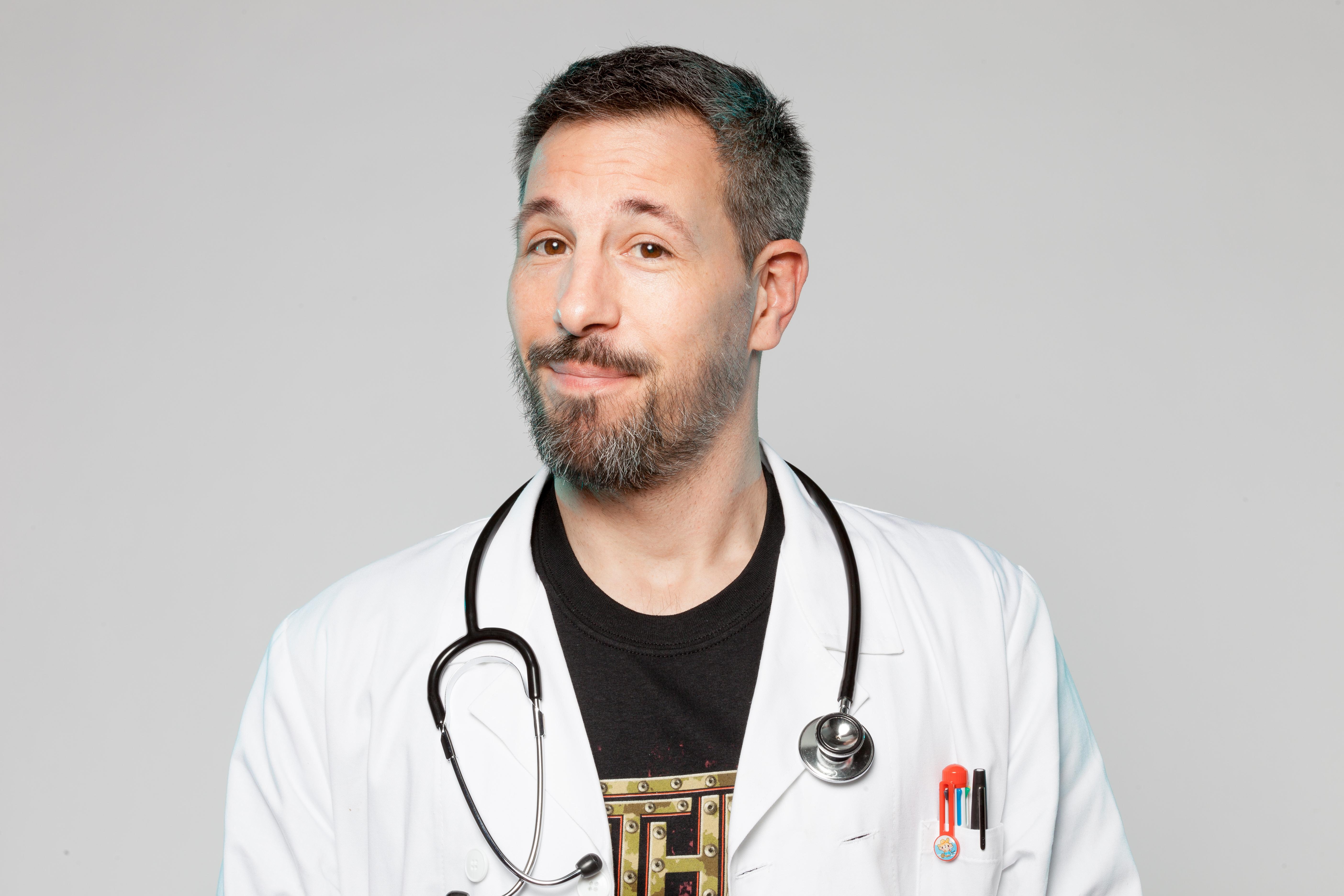The last edition of Sidaction made it possible to collect as many donations as in 2016. Once again this year, the YouTubers have mobilized to raise awareness among the youngest.

In three days, for its 23e edition which took place on March 24, 25 and 26, 2017, Sidaction was able to collect nearly 3.7 million euros. The initiative also makes it possible to continue to hammer out prevention messages and to remind people of the need to be tested. Sidaction has also chosen to call on around twenty YouTubers to bring water to the mill in the fight against AIDS and to raise awareness among young people ever more effectively.
Reach a young audience
He put it back for a good cause. Last year, the comedian Jimmy made the icon was associated with Sidaction by making a video in which he dismantled the clichés, still too numerous, in terms of the transmission of the disease. This year, the video entitled ” Make love like … »Reviews different ways of making love, stressing that whatever the style, it is the fact of protecting oneself against AIDS that is essential.
Jimmy makes the con is followed by more than 1.7 million Internet users. His video against AIDS has already been viewed more than 700,000 times. It aims to target an audience aged between 15 and 25 years.
Prevention and screening
It should be remembered that in France, 20% of the 150,000 people carrying HIV are unaware of their seropositivity, ie around 30,000 people. This observation highlights the current limits of the screening system which, according to the Haute Autorité de santé, still lacks effectiveness in reducing the number of annual infections. In fact, more than 7,000 new infections are recorded each year, often late.
Truvada, a drug that limits transmission that is used for prevention, does not replace the condom. This mechanical means remains the best way to protect yourself from HIV and at the same time from other sexually transmitted infections.
As for screening, which is free to access, it is free through associations, for three populations at risk: people very exposed to the virus; those on the fringes of the health system who do not have free screening; finally, people isolated for administrative, financial, social or geographic reasons.
.


















